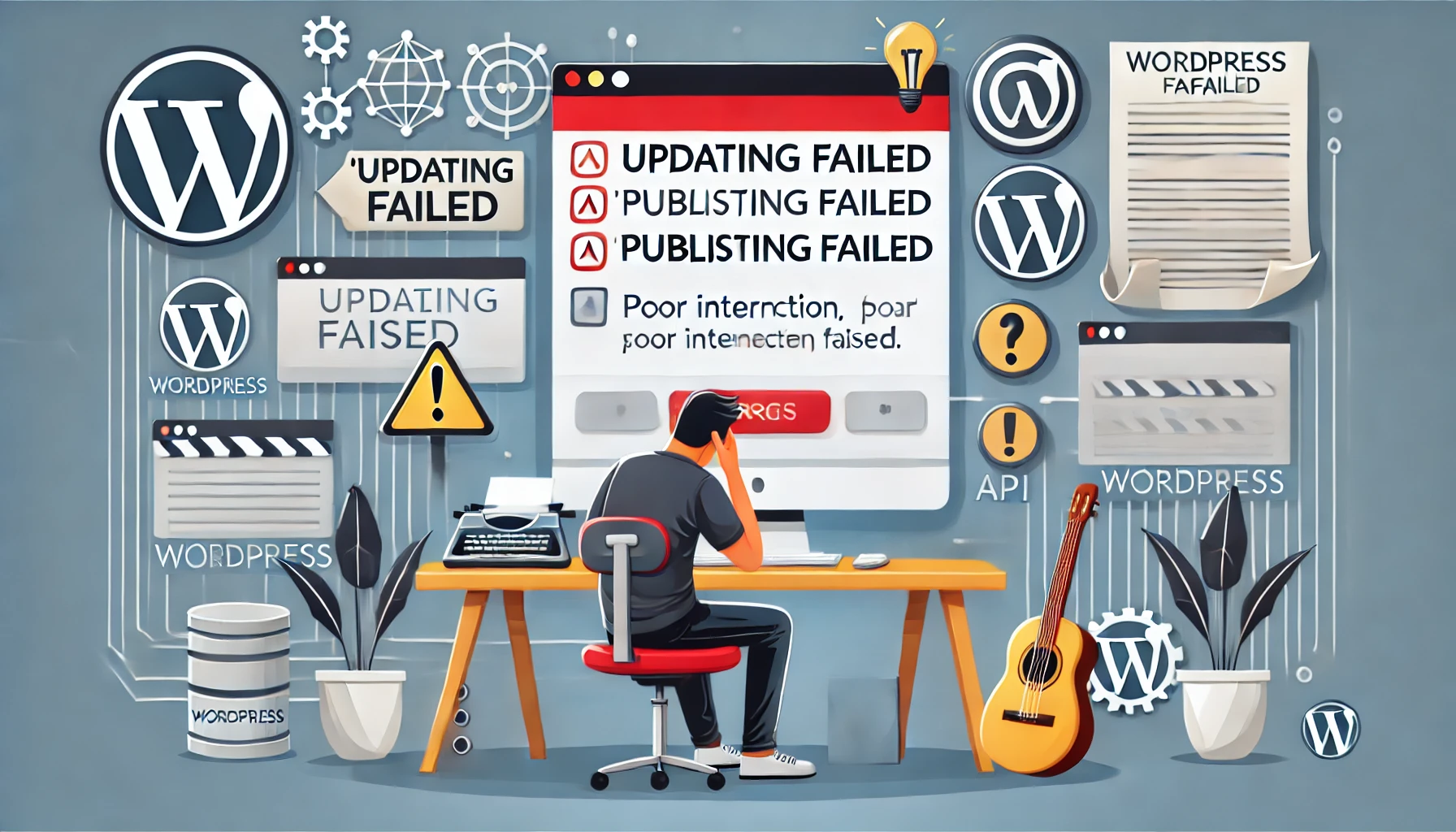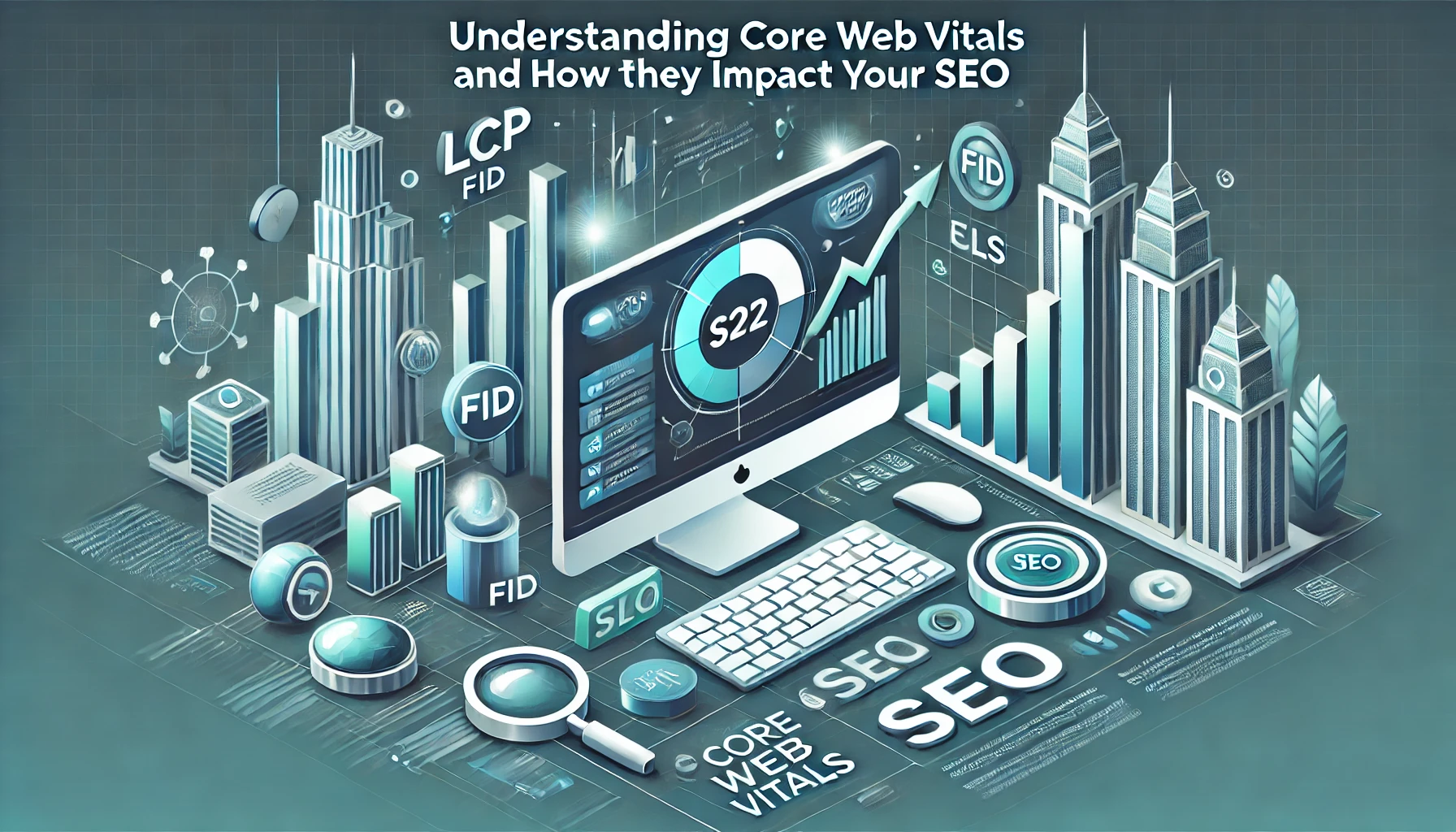Is Your Website Getting Lost in the Crowd? Fixing Poor SEO Optimization for Better Visibility!
In the vast digital landscape, having a beautiful website is just the beginning. If your site isn’t optimized for search engines, it could be hidden in the depths of search results, leaving you with minimal traffic and missed opportunities. Poor SEO optimization is a common issue many website owners face, but the good news is that it can be fixed. In this article, we’ll explore the pitfalls of poor SEO, its impact on your online presence, and actionable strategies to enhance your website’s visibility.
Understanding SEO and Its Importance
What is SEO?
Search Engine Optimization (SEO) is the process of enhancing your website to improve its visibility in search engine results pages (SERPs). This involves optimizing various elements on your site, including content, meta tags, images, and backlinks, to attract more organic traffic.
Why Does SEO Matter?
- Increased Visibility: A well-optimized site appears higher in search results, making it more likely for users to click through.
- Higher Traffic: Better visibility leads to increased traffic, which can convert into leads and sales.
- Cost-Effectiveness: Unlike paid advertising, organic traffic through SEO is free, making it a cost-effective marketing strategy.
- Credibility and Trust: Websites that rank higher are often perceived as more credible and trustworthy by users.
Common Signs of Poor SEO Optimization
To improve your website’s SEO, it’s crucial to identify the signs of poor optimization. Here are some common indicators:
- Low Search Engine Rankings: If your site isn’t appearing on the first page of search results for relevant keywords, your SEO needs attention.
- High Bounce Rate: A high percentage of visitors leaving your site shortly after arriving can indicate poor content or user experience.
- Low Organic Traffic: If you’re not seeing consistent traffic from search engines, it’s a sign that your SEO efforts are lacking.
- Slow Page Load Times: Search engines prioritize user experience, and slow-loading pages can hurt your rankings.
- Poor Mobile Optimization: If your site isn’t mobile-friendly, it can negatively impact your SEO and user experience.
The Impact of Poor SEO Optimization
Failing to optimize your site for search engines can have several negative consequences:
- Lost Opportunities: Without proper visibility, you’re missing out on potential customers who are actively searching for your products or services.
- Wasted Resources: If you’re investing in marketing but neglecting SEO, you may be wasting valuable resources that could yield better returns.
- Decreased Credibility: A lack of SEO can lead to a perception of unprofessionalism, causing potential customers to choose competitors with stronger online presences.
How to Fix Poor SEO Optimization
Now that we’ve established the importance of SEO and the signs of poor optimization, let’s delve into actionable strategies to improve your website’s visibility.
1. Conduct a Comprehensive SEO Audit
Why Audit?
A thorough SEO audit will help you identify weaknesses in your current strategy and provide insights for improvement.
What to Include:
- Keyword Analysis: Research relevant keywords for your industry and assess how well your content aligns with these terms.
- On-Page SEO Review: Check elements like title tags, meta descriptions, header tags, and image alt text to ensure they are optimized.
- Technical SEO: Evaluate site speed, mobile responsiveness, and URL structure to ensure they meet search engine standards.
Need assistance with your SEO audit? Contact us at WebCaresSg.com for expert guidance!
2. Optimize Your Content
Content is King
High-quality, relevant content is essential for effective SEO. Here are some tips to enhance your content:
-
Keyword Integration: Naturally incorporate target keywords throughout your content. Avoid keyword stuffing, as it can negatively affect readability and SEO.
-
Create Valuable Content: Focus on producing informative, engaging, and valuable content that addresses your audience’s needs. Consider blog posts, guides, infographics, and videos.
-
Update Existing Content: Regularly review and update older content to keep it relevant. This can also improve its chances of ranking higher.
3. Enhance Meta Tags and Descriptions
Why They Matter
Meta tags and descriptions play a crucial role in how search engines and users perceive your content.
Optimization Tips:
-
Craft Compelling Title Tags: Ensure each page has a unique, descriptive title tag that includes relevant keywords. Aim for 50-60 characters for optimal display in search results.
-
Write Engaging Meta Descriptions: Create concise and engaging meta descriptions that summarize your content and entice users to click. Keep it around 150-160 characters.
-
Use Header Tags: Structure your content using header tags (H1, H2, H3) to improve readability and signal to search engines the hierarchy of information.
4. Improve Site Speed
Why Speed Matters
Site speed is a critical factor for both user experience and SEO. A slow website can lead to high bounce rates and lower rankings.
How to Improve Speed:
-
Optimize Images: Compress images to reduce file size without losing quality. Tools like TinyPNG or ImageOptim can help.
-
Minimize HTTP Requests: Reduce the number of elements on your pages by combining CSS and JavaScript files and using CSS sprites for images.
-
Leverage Browser Caching: Enable caching to store frequently accessed files, improving load times for returning visitors.
5. Focus on Mobile Optimization
Mobile-First Indexing
With the rise of mobile users, search engines prioritize mobile-friendly websites. Ensure your site is optimized for mobile devices:
-
Responsive Design: Implement a responsive design that adapts to different screen sizes, ensuring a seamless user experience across devices.
-
Test Mobile Usability: Use Google’s Mobile-Friendly Test tool to identify any issues affecting your site’s mobile performance.
If you need help optimizing your mobile experience, reach out to us at WebCareSg.com!
6. Build Quality Backlinks
Why Backlinks Matter
Backlinks are an essential aspect of SEO, as they signal to search engines that your content is valuable and credible.
How to Build Backlinks:
-
Create Shareable Content: Produce high-quality, shareable content that naturally attracts backlinks. Consider guest blogging, infographics, and research studies.
-
Network with Industry Influencers: Build relationships with industry leaders and influencers who may share your content or link to your site.
-
Monitor Your Backlink Profile: Use tools like Ahrefs or Moz to track your backlinks and identify opportunities for improvement.
7. Utilize Local SEO Strategies
Why Local SEO?
If you’re a local business, optimizing for local SEO can help you attract nearby customers.
Local SEO Tips:
-
Claim Your Google My Business Listing: Ensure your business is listed and optimized on Google My Business, including accurate contact information and business hours.
-
Use Local Keywords: Incorporate location-based keywords into your content and meta tags to target local searches.
-
Encourage Customer Reviews: Positive reviews can boost your local search rankings and enhance your credibility.
Conclusion
Poor SEO optimization can severely limit your website’s visibility, leading to missed opportunities and decreased credibility. By conducting a comprehensive audit, optimizing your content, enhancing meta tags, improving site speed, focusing on mobile optimization, building quality backlinks, and implementing local SEO strategies, you can dramatically improve your website’s performance in search engine results.
Don’t let your website get lost in the crowd. Take action today to fix your SEO and unlock the full potential of your online presence. If you need expert assistance or guidance, contact us at WebCareSg.com—we’re here to help you succeed!
Related WebCare Solutions
How to Fix the WordPress “Updating Failed” or “Publishing Failed” Error
Learn how to troubleshoot and resolve the “Updating Failed” or “Publishing Failed” errors in WordPress.
Understanding Website Analytics: How to Track and Improve Visitor Engagement
Learn how to track and improve visitor engagement using website analytics tools like Google Analytics. Step-by-step guide for better insights and performance.
Understanding Core Web Vitals and How They Impact Your SEO
A detailed guide to understanding Core Web Vitals and their impact on SEO. Learn how to measure and improve LCP, FID, and CLS for better search rankings.
Ready to get started?
Focus on your business while we fix your website. Contact WebCareSG today for fast, reliable solutions!
Whatsapp us on


